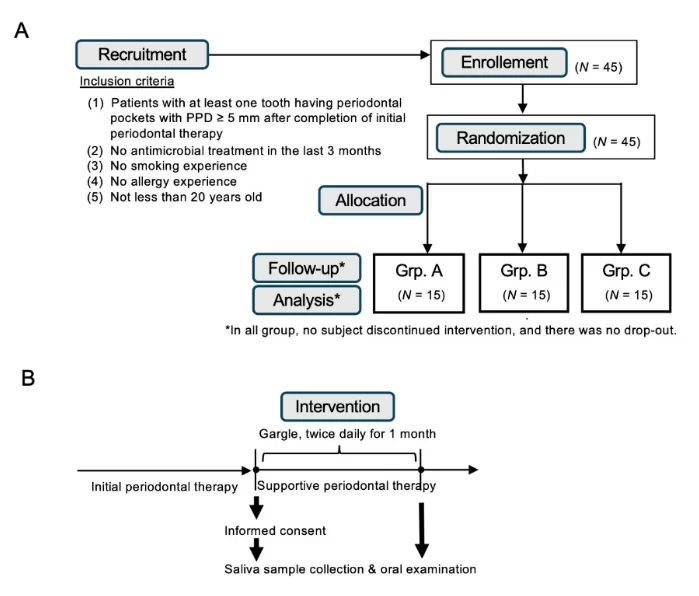How do modern implant-supported restorations differ from similar ones made without CAD/CAM technologies: advanced methods of restoring teeth using implants
In recent years, medical technologies have never ceased to amaze us, and dentistry is at the forefront of this progress. Modern implantation methods open up new opportunities for dental restoration, making the process faster, more effective, and more comfortable for patients.
One of the most innovative approaches is the use of digital implant planning.
Using 3D modeling, doctors can create a 3D model of the patient’s jaws, which allows them to:
- Plan where to place implants, including selecting the diameter and length of the implant
- Make surgical templates on a 3D printer that enable implants to be placed with previously unattainable precision
.

- Develop and submit for production both temporary and permanent prostheses
- Manufacture prostheses with the highest possible precision, for example, machining a prosthesis from a single piece of zirconium dioxide or printing a polymer prosthesis on a 3D printer

The integrated use of CAD/CAM technologies already allows patients to be admitted and sent home with a new restoration within a few hours. Further development of these technologies will reduce healing time and enable the installation of implants in complex clinical cases, such as those with insufficient bone tissue. While discussing the advantages of CAD/CAM technology in implantology, it’s important to consider the choice between screw-retained and cemented implant restorations, which can significantly impact treatment outcomes.
In addition to 3D modeling technology, new-generation implant materials and coatings are increasingly being used in dentistry. For example, implants made entirely of zirconium dioxide have been available for some time. Their biocompatibility is comparable to titanium, but their color matches living bone, which is a significant advantage for restorations in the aesthetic zone.
Technologies for manufacturing titanium implants are also advancing. New methods of surface modification are constantly emerging to speed up the integration of implants with bone tissue. For example, implants with the following technologies have proven effective:
- SLActive: The surface is chemically modified to increase hydrophilicity, promoting better contact with biological fluids and living cells. This speeds up osseointegration and reduces the risk of complications, especially for patients with diabetes or other conditions that impair the healing process.
- Pure&Porous: This is the surface of implants by Uniqa Dental, featuring low carbon and high titanium content on the surface. This reduces the risk of complications and increases the level of secondary stability.
These are just a few of the developments designed to improve the quality of dental implant integration.
The importance of clinical research in the field of dental implantology
The scope of this article does not allow us to analyze current research, but our blog contains many articles devoted to the problems faced by practicing dentists. In almost every one of them, we analyze the findings and results of one or more studies. However, finding high-quality studies whose results are reliable and suitable for practical use is not so easy. They often get lost in the huge flow of publications. Therefore, we recommend following the publications of leaders in the dental industry:
- Harvard School of Dental Medicine develops extensive educational programs, emphasizing interdisciplinary patient care and the use of emerging technologies. They train dentists in both the surgical and restorative aspects of implantology, highlighting the importance of comprehensive treatment planning (Harvard School of Dental Medicine).
- Columbia University conducts clinical trials and develops innovative treatment strategies that help improve dental health. Their research includes the development of new implant techniques that can significantly improve aesthetic and functional outcomes for patients (Columbia University College of Dental Medicine).
Conclusions
Let’s summarize the key advantages of CAD/CAM technologies compared to the techniques used in the pre-digital era:
- Precision and Customization: CAD/CAM technology allows implants and prosthetics to be designed and manufactured with high precision, resulting in a perfect fit and functionality. This reduces the chance of complications such as discomfort or malocclusion.
- Process Speed: With the help of computer modeling and automated manufacturing, the time required to create prosthetics is significantly reduced. This allows patients to quickly restore the functionality and aesthetics of their teeth.
- Materials: Modern CAD/CAM technologies often use new-generation materials such as zirconium, which has high strength and aesthetic qualities. These materials can be precisely machined to create more durable, natural-looking dentures.
- Procedural Efficiency: CAD/CAM technologies minimize the need to manually perform many steps in the prosthetic manufacturing process, reducing human error and speeding up the treatment process. For a more in-depth look at how CAD/CAM systems are transforming dental practices, check out our comprehensive guide on the benefits of CAD/CAM in digital dentistry.
- Customization Options: The use of CAD/CAM provides virtually unlimited possibilities for customizing the shape, size, and color of dentures to better suit the individual anatomical and aesthetic needs of the patient.
- Digital Integration: Today’s technology allows digital impressions and other diagnostic data to be integrated directly into the design and manufacturing process, improving overall accuracy and treatment outcomes.
As a result, CAD/CAM technology in implantology provides dentists with the opportunity to achieve better clinical results with fewer complications and higher patient satisfaction.

















